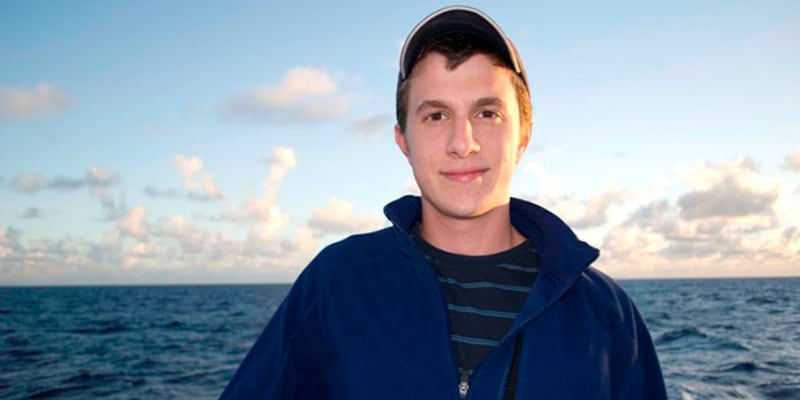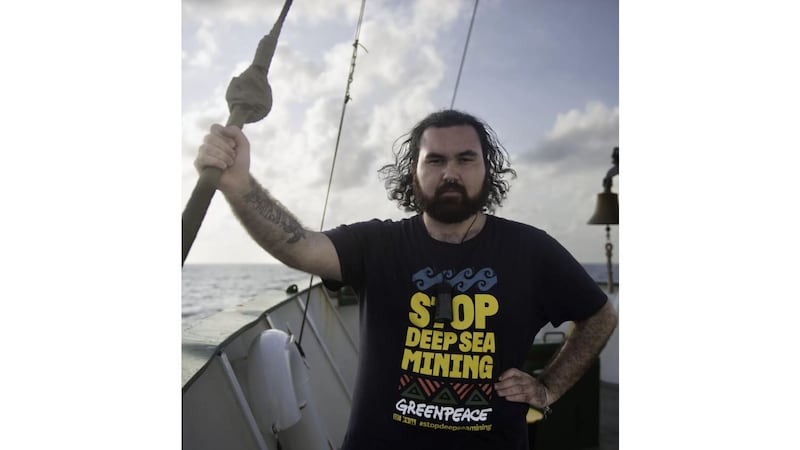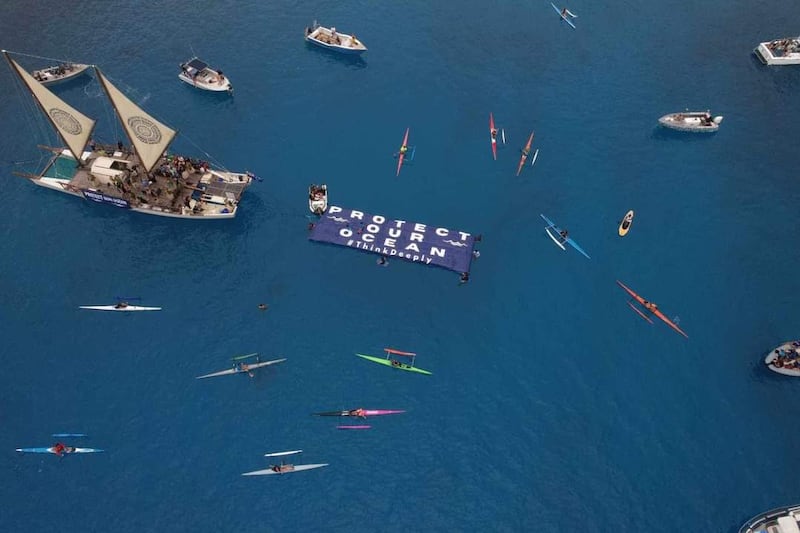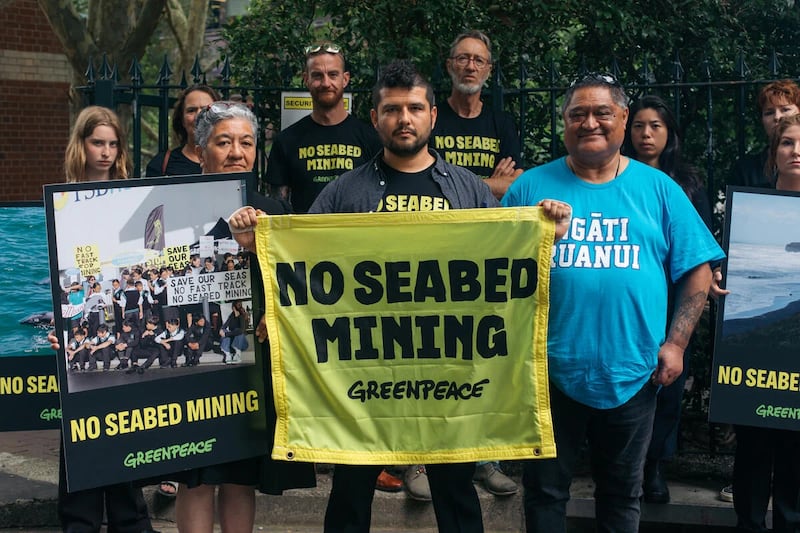Waitā, the Matariki star that connects us to the ocean and all marine life, reminds us of our deep relationship with Te Moana-nui-a-Kiwa. As Matariki rises, Te Ao Māori News examines a modern threat facing our moana: deep-sea mining.
The deep ocean is a dark, largely untouched world that has evolved slowly over millions of years. It is fragile, and more than 99 percent of it remains a mystery.
Yet despite this, companies and governments are pushing to mine its depths for minerals. Scientists and activists have long warned that deep-sea mining could cause irreversible harm to ecosystems we are only beginning to understand.
Scientific consensus: severe and irreversible impacts
Te Ao Māori News spoke with Hēmi Hita (Ngāti Whātua o Ōruawharo), Helen Rosenbaum, and Jack Payette from the Deep Sea Mining Campaign (DSMC).
In 2020, DSMC commissioned scientists from James Cook University in Australia to review over 250 peer-reviewed studies. The findings: impacts from seabed mining are likely to be severe, long-term, and irreversible within human timeframes.
In the deep sea, ecosystems form over millennia not years… Up here on the whenua, we can plant trees and regenerate… we just can’t do that in the deep ocean.
— Hēmi Hita, Deep Sea Mining Campaign
They examined more than 250 peer-reviewed articles to assess the scientific consensus on deep-sea mining. The review found the impacts are expected to be severe, long-term, and irreversible within human timeframes.
Jack Payette, an Earth & Planetary Sciences researcher at MIT, said it’s not just activists raising the alarm.

Investigating Impossible Metals’ sustainable mining pitch
DSMC recently investigated claims by California-based company Impossible Metals, which promotes its technology as sustainable and selective.
In nature, it takes around 1,000 years for just one centimetre of sediment to accumulate on the seafloor.
However, according to Impossible Metals’ own modelling, their machines would disturb sediment 23,000 times faster than this natural process.

In a test area of just one-twentieth of a square kilometre, their equipment stirred up four tonnes of sediment.
This doesn’t yet account for full-scale mining.
“Organisms down there would not have a chance of surviving at all with that level of smothering,” said DSMC research coordinator Dr Helen Rosenbaum.

Microscopic life and climate change
Payette stressed that even if the machine vision works, it can only detect visible life greater than 1mm, and most life in the deep sea is microscopic, which can be the most important.
Microscopic organisms capture atmospheric CO2, acting as a vital carbon sink, and help reduce ocean acidification. DSMC fears that deep-sea mining could worsen climate change.
Rosenbaum described the nodules as a “mystery and a marvel,” noting that just last year scientists discovered “dark oxygen” produced in the deep ocean where sunlight doesn’t reach.
There’s a chorus of scientists, technologists, engineers who have the growing consensus that the best course of action is an absolute moratorium and ban on deep-sea mining at this point in time. It’s really just far too dangerous.
— Jack Payette, Massachusetts Institute of Technology
It’s theorised this oxygen is created by electrolysis on the surface of the nodules.“We’re not sure what role that plays to the whole biogeochemistry of the ocean and again the balance of the ocean and the balance of our whole planet,” she added.
“It’s absolutely shocking that we are experiencing this in Aotearoa, in the Cook Islands, across the Pacific,” Hita said.
“It is just another form of colonialism.
“Deep sea mining is really just a betrayal of the values and the sovereignty of Pacific people,” Hita said.

Engineering risks: Can the tech even work?
Operating at such depths involves immense pressure, cold temperatures, and corrosive seawater — conditions that pose major risks to Impossible Metals’ complex technology.
While Payette acknowledged that machine vision is fast-evolving and promising, he said its use as described by Impossible Metals seems impractical, especially given the sediment plumes, which could impair its ability to be selective.
Malfunctions could also lead to serious environmental harm, including oil leaks, synthetic fluid spills, or equipment collapsing on the seafloor.

Plume pollution and transboundary risk
Plumes from deep-sea mining can travel vast distances. DSMC commissioned an oceanographic model showing how sediment plumes from The Metals Company’s licensed activity in Tonga could spread to the national waters of Hawai‘i and Kiribati.
“These risks are transboundary in nature; there’s no containment of them,” Helen said.
A white paper from the Tongan Civil Society Forum analysed Tonga’s contract with The Metals Company and found it unclear whether there would be any financial gain beyond what Tonga already receives from fisheries. It also warned that mining could jeopardise fishing and tourism industries.

“The actual contractual arrangements appear totally in favour of the company, and this will impact generations after this generation of decision makers,” Rosenbaum said.
“I can’t help but think that these are kids, these are boys playing with their Tonka toys in the ocean,” Rosenbaum said.
“If they’re serious about solving our metals problem, to decarbonise the economy and get to a carbon-neutral future, the most cost-effective and win-win solution is recycling the metals in waste dumps.”

In February, Impossible Metals delayed its planned 2026 test, citing technological and regulatory setbacks. Te Ao Māori News contacted Impossible Metals about claims in the DSMC report and welcomed any corrections.
The International Seabed Authority is expected to announce this month whether a mining code will be approved.



